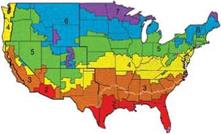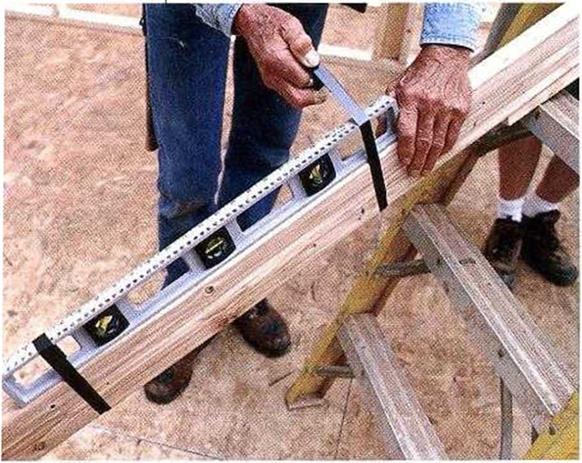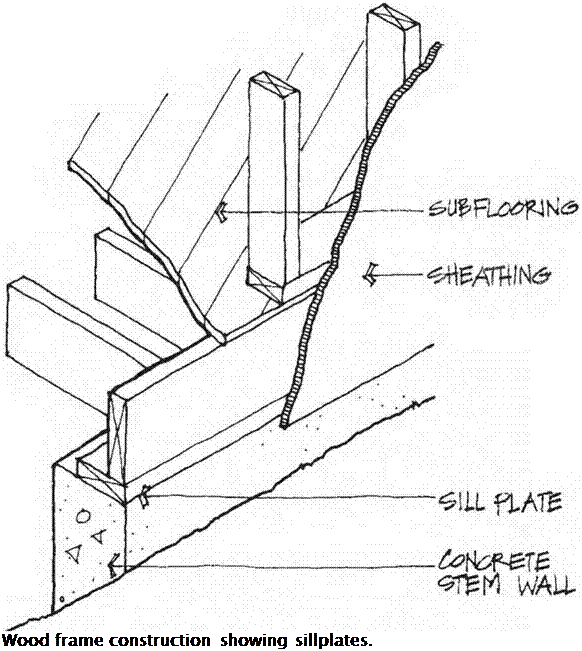Retrofits
■ BY DANIEL S. MORRISON


![]()

|
F |
inished basements are a great way to add living space to a house without adding on. You often can add almost as much living space as the main floor offers. Before thinking about flooring choices and paint colors, though, think about the basics. Moisture, insulation, and air infiltration must be tackled before any finish materials are installed. In new construction, these issues are addressed from the outside before the basement is backfilled. Retrofits mean that you have to work from the inside. In either case, it is important to consider the climate before work begins.
Because basements are mostly buried in the ground, they are sometimes wet, are usually damp, and are seldom dry...
read more






